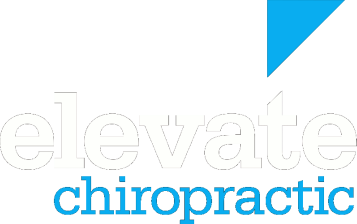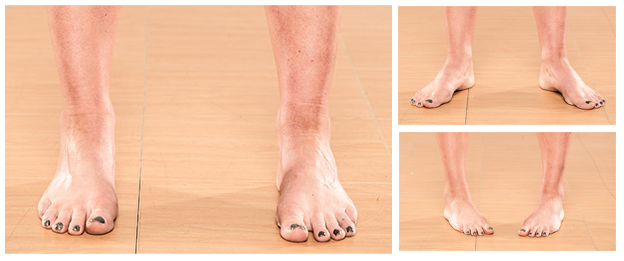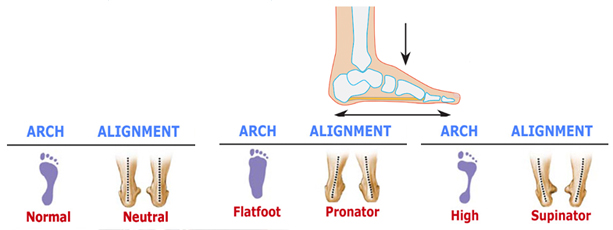The feet seem to be an overlooked part of the body and typically they are only focused on when they are sore. This should not be the case, in fact we should all pay much more attention to them. In this blog series, I will discuss how important the feet are and why you should be paying more attention to them.
The feet are complex and fascinating structures:
- Each foot has 26 bones with 33 joints, 107 ligaments and 19 muscles and multiple tendons.
- There are times when you're walking that the pressure on your feet exceeds your body weight, and when you're running, it can be three or four times your weight.
- Women have about four times as many foot problems as men (this is often attributed to the wearing of high heels etc).
- It has also been said that your feet mirror your general health. Such conditions as arthritis, diabetes, nerve and circulatory disorders can show their initial symptoms in the feet -- so foot ailments can be your first sign of more serious medical problems.
Poor foot function can lead to numerous different problems, such as:
- Early degenerative changes in the ankles and feet
- Issues with the big toe such as bunions (hallux Valgus).
- Knee problems.
- Hip and lower back problems.
- Changes in gait.
When doing a posture assessment in the clinic, I always look to the feet. Good posture should be built from the ground up. Let’s look at what our feet should be doing and then you can compare them to your own feet.
When standing and walking, our feet should be pointing straight ahead. They shouldn’t be pointing outwards (externally rotated), or inwards (internally rotation). They should also have a nice arch on the inside of the foot and not be rolled inwards (pronated) or rolled outwards (supinated). Pronated and supinated feet are shown in the second picture below. As an interesting test, you can look at the wear pattern on your shoes and see where most of the weight is being applied. Ideally, your shoes should have an even wear pattern.
How to find a stable foot position
- Start by standing with your feet pointing straight ahead. If you naturally have your feet pointing outwards, this may feel a little weird and you may feel pulling in the pelvis. If this occurs it shows your muscles are not used to being in this position and your body has adapted to a ‘poor’ position.
- Create a stable foot by trying to screw the feet into the ground. Think about gently pulling the heels towards each other without letting the foot move. You will feel the inside arch of the foot lift a little and the weight will move towards the outside of the foot slightly. You will also notice that the knees will move and should point forwards. You will also notice some tension develop in the muscles of your pelvis.
- Hold this position for a while and see how it feels. This is a strong, stable position for your feet. Over the next few days practice this frequently throughout the day. You can also try walking around barefoot with your feet pointing straight ahead. You may notice your feet fatigue and get tired and you may even get a little cramp in the arch of your foot. This is a sign they are working hard (like they should do). The stronger your feet get, the less fatigue you will feel.
Practice this simple exercise frequently. In the next post I will discuss some simple ways to begin to reduce the tension in the feet and lower legs and how to make then stronger. These will be simple things to do to help make this good strong foot position more sustainable. If you have sore feet, it will hopefully reduce the discomfort you have been feeling. Until then, practice this stable foot position. Your body will thank you for it.
References:
- http://www.ipma.net/?page=15
- Starrett, K: Deskbound, Standing up to a sitting world, April 26, 2016
- www.foundationtraining.com





 RSS Feed
RSS Feed


